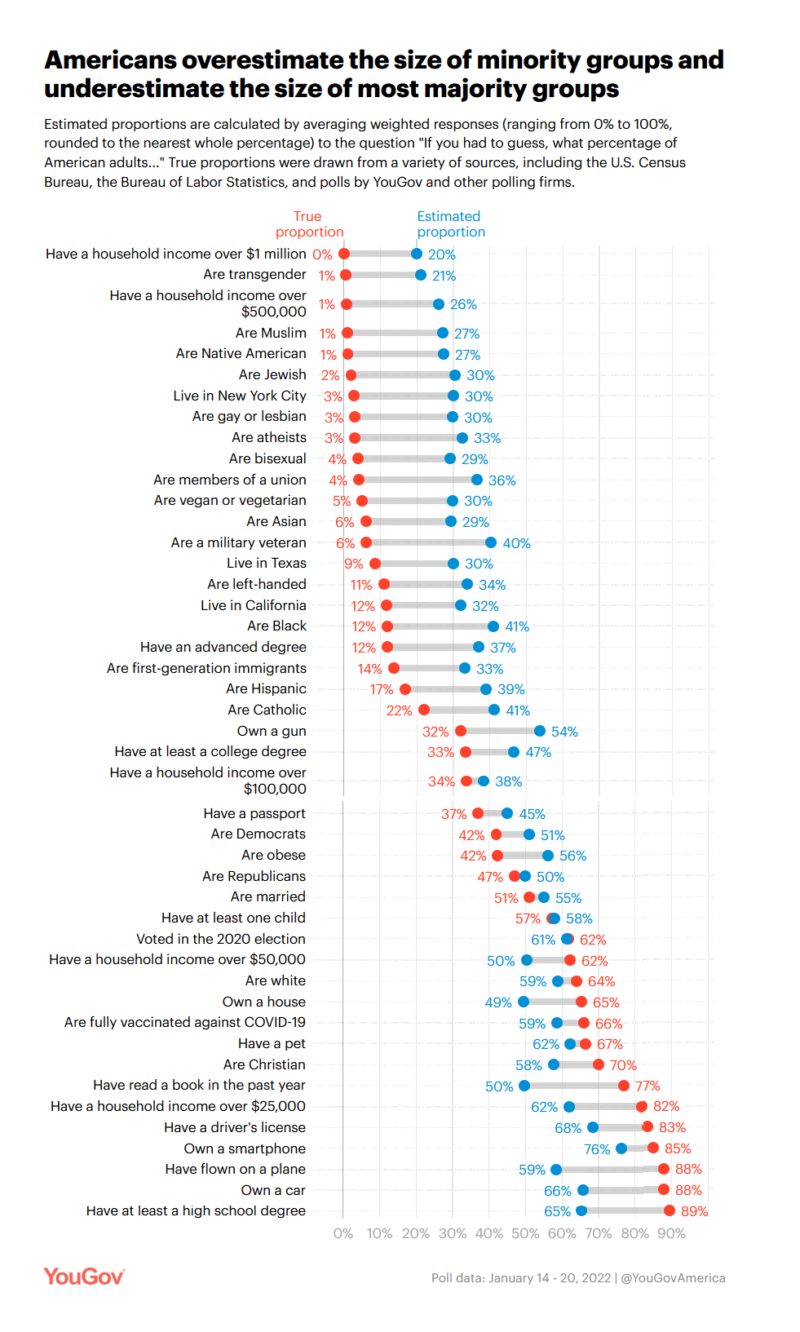Anatomy of a False Media Reality
False realities can take any form where there is an authority which acts as a proxy for reality. That is, instead of trying to sort out the whole situation, people rely on words, symbols, and selective images from some other source to tell them the “truth.”
As a practicing nihilist, one might use the term “truth” in the vernacular for a heuristic assessment of what is actually real and relevant in any situation, but a nihilist does not believe in truth, because truth is a conclusion in the mind of a human that cannot be exactly conveyed to another.
Lost in the complexity of language and symbol, not to mention the tendency of our brains to match it to the first convenient image in our memory and understand it in the context of that, humans look for strong voices to tell them roughly what is accurate so they can act on it.
Long ago, newspapers did not pretend to be “objective”; they reported what their writers found interesting with fact and opinion mixed in serial throughout. Reporters knew that objectivity, like truth, was a phantom of the mind, so they simply tried to capture their own experience like a camera.
Currently, however, the media acts as an amplifier by illusion based on the frequency it discusses issues and groups, leading to overestimation of those groups as being more numerous than they are:
Black Americans estimate that, on average, Black people make up 52% of the U.S. adult population; non-Black Americans estimate the proportion is roughly 39%, closer to the real figure of 12%. First-generation immigrants we surveyed estimate that first-generation immigrants account for 40% of U.S. adults, while non-immigrants guess it is around 31%, closer to the actual figure of 14%.
So Black people and first-generation immigrants radically overestimate their numbers, while White people underestimate their numbers by five percentage points. This hardly shows a universal effect; in fact it shows the opposite: Whites and every other group think minorities are more numerous than is real.
That fits with the media agenda to portray White Americans as fodder to be replaced by the new enlightened™ socialist cadre that wants to take over. The agenda determines which stories make it into focus, and those then convey the idea of overrepresentation of non-Whites.
Coincidentally, it seems journalism has become less of a profession interested in ethics, and more of one interested in propaganda, as this coincides with journalistic identity in an age where journalists see themselves as arbiters of what is right, not reporters exclusively of facts:
This study examines whether professional journalists reason differently about moral problems when primed with their professional identity. This between-subjects experiment (N = 171) used the Defining Issues Test, a much-used and validated instrument that measures moral reasoning. The results show identity priming does not affect how journalists apply ethics. The study also found that journalists score far lower in moral reasoning than they did 13 years ago. These results are interpreted through the lens of social identity theory.
While this study is small, it shows us the reasons behind this false media reality: Leftist dogma has become to be viewed as factual by the group of people who make it into journalism and then hold everyone else back, and therefore they enforce it like a State religion.
This is not entirely new, since back in the ideological frenzy of the post-WWI period, intellectuals and journalists considered socialism to be the future since it seemed like it would avoid the have-nots versus haves revolutions of the previous century.
During that era, journalists were busy lionizing Stalin as the future of human governance:
I would like to add another Duranty quote, not in his dispatches, which is reported in a memoir by Zara Witkin, a Los Angeles architect, who lived in the Soviet Union during the 1930s. (“An American Engineer in Stalin’s Russia: The Memoirs of Zara Witkin, 1932-1934,” University of California Press ). The memoirist describes an evening during which the Moscow correspondents were discussing how to get out the story about the Stalin-made Russian famine. To get around the censorship, the UP’s Eugene Lyons was telephoning the dire news of the famine to his New York office but the was ordered to stop because it was antagonizing the Kremlin. Ralph Barnes, the New York Herald Tribune reporter, turned to Duranty and asked him what he was going to write. Duranty replied:
Nothing. What are a few million dead Russians in a situation like this? Quite unimportant. This is just an incident in the sweeping historical changes here. I think the entire matter is exaggerated.
And this was at a time when peasants in Ukraine were dying of starvation at the rate of 25,000 a day.
In his masterwork about Stalin’s imposed famine on Ukraine, “Harvest of Sorrow,” Robert Conquest has written:
As one of the best known correspondents in the world for one of the best known newspapers in the world, Mr. Duranty’s denial that there was a famine was accepted as gospel. Thus Mr. Duranty gulled not only the readers of the New York Times but because of the newspaper’s prestige, he influenced the thinking of countless thousands of other readers about the character of Josef Stalin and the Soviet regime. And he certainly influenced the newly-elected President Roosevelt to recognize the Soviet Union.
What is so awful about Duranty is that Times top brass suspected that Duranty was writing Stalinist propaganda, but did nothing.
How could this be, in a newspaper that was famed for its objectivity?
Former New York Times publisher Adolph Ochs was considered a journalism trailblazer in wanting to cover news stories objectively at a time when newspapers were known for often being full of partisan political stories.
[The memorial plaque] goes on to tell of his taking control of the Chattanooga Times in 1878 at 19 and later the then-floundering New York Times in 1896 at 38. While not considered a perfect man or publisher ‒ for example, his family supported Confederate memorial causes of yesteryear ‒ he was also considered a trend setter with a book review section and new style of printing photos.
Whatever becomes a known voice of authority will be compromised unless it actively resists Leftism. When the big ones fall and turn to the religion of egalitarianism, all others will fall in line, and soon you will have a false reality construct through the power of media.
Tags: adolph ochs, demographics, josef stalin, media, the new york times











